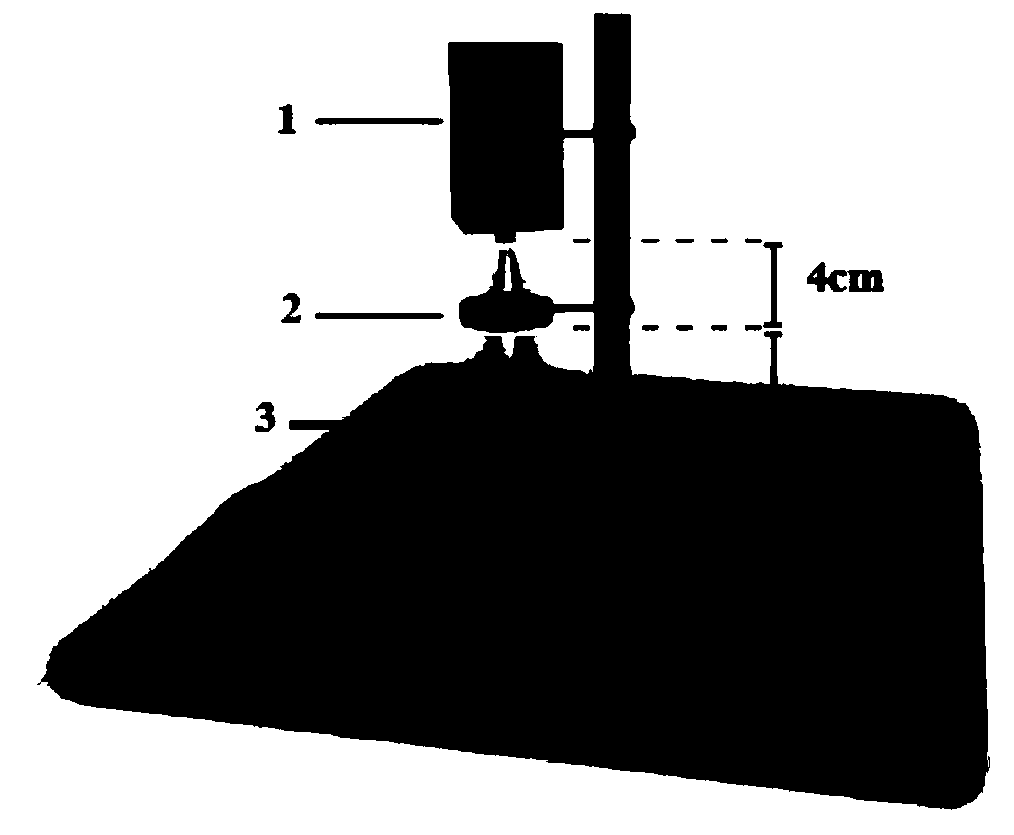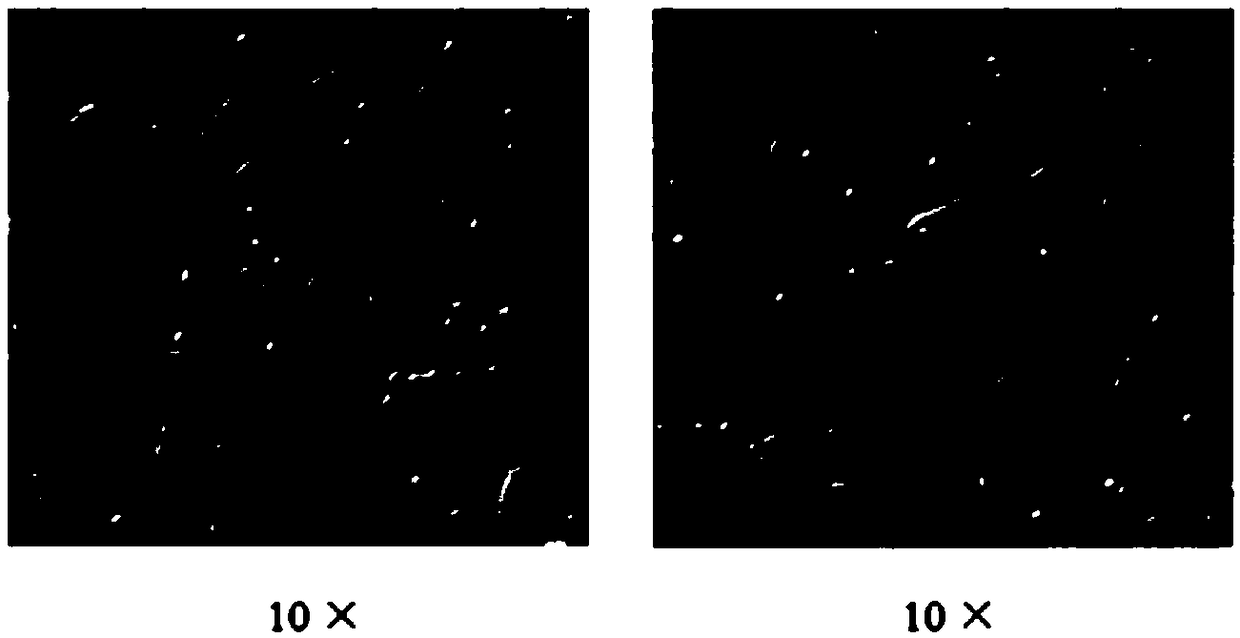Non-genetically modified light control bidirectional regulation method for human umbilical cord mesenchymal stem cell proliferation
A technology of mesenchymal stem cells and light manipulation, applied in the field of mesenchymal stem cell culture application, can solve the problems of non-involvement, and achieve the effect of obvious effect and broad clinical application prospect.
- Summary
- Abstract
- Description
- Claims
- Application Information
AI Technical Summary
Problems solved by technology
Method used
Image
Examples
Embodiment 1
[0047] 1. Primary culture of human umbilical cord mesenchymal stem cells
[0048] Table 1: Composition of Proliferation Medium
[0049]
[0050] 2. Subculture of human umbilical cord mesenchymal stem cells
[0051] 1. Observe the cell growth status and cell density under a microscope. When the cell density reaches 80% to 90%, perform cell passaging operations on the ultra-clean workbench.
[0052] 2. Put the cell culture medium, PBS solution, and trypsin solution into a water bath for half an hour, then remove them from the water bath, wipe the surface with 75% alcohol, and transfer to the ultra-clean workbench.
[0053] 3. Use a vacuum pump to suck off the original culture medium in the petri dish, add an appropriate amount of PBS solution to wash the residual culture medium, and vacuum pump to remove it. Repeat the operation three times. After discarding the PBS solution for the last time, add 1 mL of trypsin solution to digest the cells.
[0054] 4. About 2-3min, the digestion is com...
Embodiment 2
[0085] 1. Primary culture of human umbilical cord mesenchymal stem cells
[0086] Table 1: Composition of Proliferation Medium
[0087]
[0088] 2. Subculture of human umbilical cord mesenchymal stem cells
[0089] 1. Observe the cell growth status and cell density under a microscope. When the cell density reaches 80% to 90%, perform cell passaging operations on the ultra-clean workbench.
[0090] 2. Put the cell culture medium, PBS solution, and pancreatin solution in a water bath for half an hour, then remove them from the water bath, wipe the surface with 75% alcohol, and transfer to the ultra-clean workbench.
[0091] 3. Use a vacuum pump to suck off the original culture medium in the petri dish, add an appropriate amount of PBS solution to wash the residual culture medium, and vacuum pump to remove it. Repeat the operation three times. After discarding the PBS solution for the last time, add 1 mL of trypsin solution to digest the cells.
[0092] 4. About 2-3 minutes, the digestion ...
Embodiment 3
[0123] 1. Primary culture of human umbilical cord mesenchymal stem cells
[0124] Table 1: Composition of Proliferation Medium
[0125]
[0126] 2. Subculture of human umbilical cord mesenchymal stem cells
[0127] 1. Observe the cell growth status and cell density under a microscope. When the cell density reaches 80% to 90%, perform cell passaging operations on the ultra-clean workbench.
[0128] 2. Put the cell culture medium, PBS solution, and trypsin solution into a water bath for half an hour, then remove them from the water bath, wipe the surface with 75% alcohol, and transfer to the ultra-clean workbench.
[0129] 3. Use a vacuum pump to suck off the original culture medium in the petri dish, add an appropriate amount of PBS solution to wash the residual culture medium, and vacuum pump to remove it. Repeat the operation three times. After discarding the PBS solution for the last time, add 1 mL of trypsin solution to digest the cells.
[0130] 4. About 2-3 minutes, the digestion i...
PUM
 Login to View More
Login to View More Abstract
Description
Claims
Application Information
 Login to View More
Login to View More - R&D
- Intellectual Property
- Life Sciences
- Materials
- Tech Scout
- Unparalleled Data Quality
- Higher Quality Content
- 60% Fewer Hallucinations
Browse by: Latest US Patents, China's latest patents, Technical Efficacy Thesaurus, Application Domain, Technology Topic, Popular Technical Reports.
© 2025 PatSnap. All rights reserved.Legal|Privacy policy|Modern Slavery Act Transparency Statement|Sitemap|About US| Contact US: help@patsnap.com



